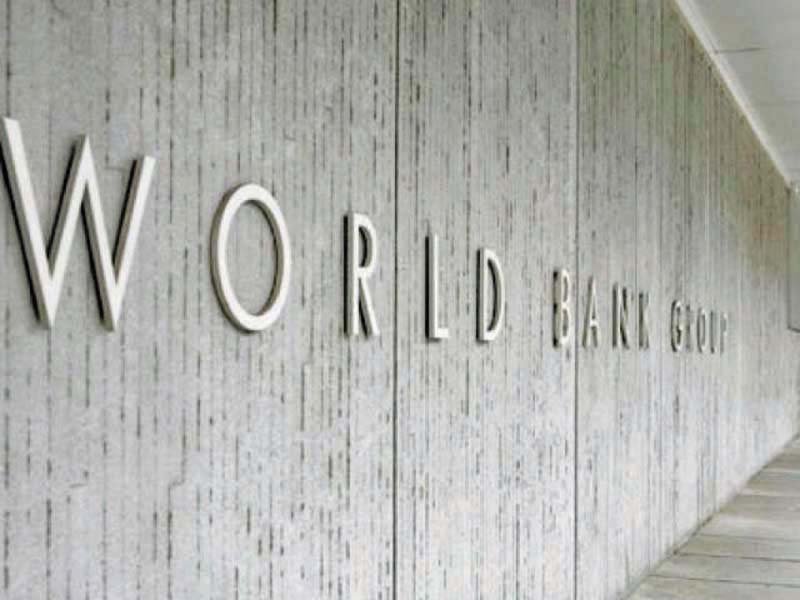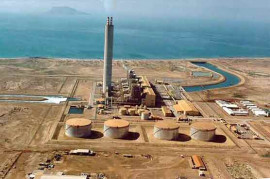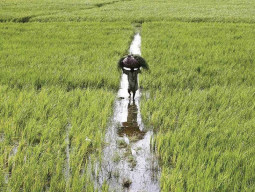
ISLAMABAD: Amid Pakistan’s weakening macroeconomic situation, the World Bank has put on hold a $250-million policy loan, which the lender till recently was ready to give for disaster risk management.
A review mission of the World Bank has not authorised preparations for the loan to continue, according to the Programme Information Document of the Development Policy Credit. The document underlined that Pakistan’s macroeconomic framework continues to face some risks as the overall external account position weakened, the current account deficit widened and international reserves came under pressure during fiscal year 2016-17.
World Bank: Pakistan’s macroeconomics conditions have significantly worsened
“The Cat-DDO (Catastrophe Deferred Drawdown Option) requires an adequate macroeconomic framework to be approved,” according to the World Bank document. The policy loan is a contingent credit line that provides immediate liquidity in the aftermath of a natural disaster.
Pakistan has been facing serious problems on the external account. The country has been struggling in the face of challenges stemming from a growing trade deficit, which is eating up precious foreign currency reserves. Even after raising $2.5 billion bonds in the ongoing fiscal year, gross official foreign currency reserves have again fallen to below $14 billion.
Sources in the finance ministry said that the World Bank’s policy loans were now contingent upon a good health certificate from the International Monetary Fund (IMF). They said Pakistan and the IMF could not converge on a consensus for the macroeconomic framework during the post-programme monitoring talks, although Pakistan had accepted the IMF’s major demand of devaluing the rupee against the US dollar.
“The World Bank continues its engagement with the authorities on the macroeconomic framework, which is also informed by the ongoing dialogue between the government and the IMF,” said a spokesperson for the World Bank while responding to a question on Pakistan’s macroeconomic vulnerabilities.
About two months ago, the World Bank also slowed down the process of policy loans for budgetary support due to a deteriorating macroeconomic situation.
Sources in the finance ministry said that the positions of Pakistan and the IMF team would be presented to the executive board of the fund that will then approve a macroeconomic framework. Sources said that the major policy difference between the IMF and Pakistan was on the extent of the current account deficit and net international reserves.
“The project has not been dropped, it is under preparation and further steps will be informed by the macroeconomic situation,” said the World Bank spokesperson. The spokesperson said that the proposed policy loan fell under a modality called the Catastrophe Deferred Drawdown, which provides financial support to the government in case of natural disasters and health emergencies. In that sense, it differs from regular budgetary support.
But the spokesperson underlined that a recent report of the World Bank also discussed the growing current account deficit and the decline in reserves as well as the widening fiscal deficit, which has reversed a trend of fiscal tightening over the previous three years.
The report argues that policy adjustments are needed to restore and maintain macroeconomic stability, and the government is taking steps in that direction.
The $250-million loan was aimed at strengthening the regulatory and institutional framework to manage climate change and disaster risk in Pakistan and increase the country’s financial capacity to respond to the adverse natural disaster events.
The World Bank noted that after the 18th Amendment in the Constitution the transfer of responsibilities to the provinces have affected Pakistan’s disaster risk management approach. It said that the natural disaster events foster poverty and human capital losses, eventually leading to poverty traps.
Nearly three-quarters of Pakistan’s population are either poor or vulnerable in part because many households are clustered near the poverty line, according to World Bank documents.
World Bank Country Director Illango Patchamuthu met with Advisor to PM on Finance Dr Miftah Ismail and discussed with him future cooperation. The World Bank spokesperson did not directly comment whether both sides discussed the issue of restoring the budgetary support to Pakistan.
Pakistan hits back, rejects World Bank’s estimate of financing needs
“The World Bank regularly meets with government agencies and discussion (with the advisor) is part of the deliberative process,” according to the spokesperson.
The World Bank country director apprised the adviser about the forthcoming visit of World Bank Vice President to Pakistan Annette Dixon to discuss the current state of the economy and other related matters. Snezana (Nena) Stoiljkovic, IFC Vice President for Asia, is also visiting Pakistan.
Published in The Express Tribune, January 13th, 2018.
Like Business on Facebook, follow @TribuneBiz on Twitter to stay informed and join in the conversation.



































































COMMENTS (8)
Comments are moderated and generally will be posted if they are on-topic and not abusive.
For more information, please see our Comments FAQ